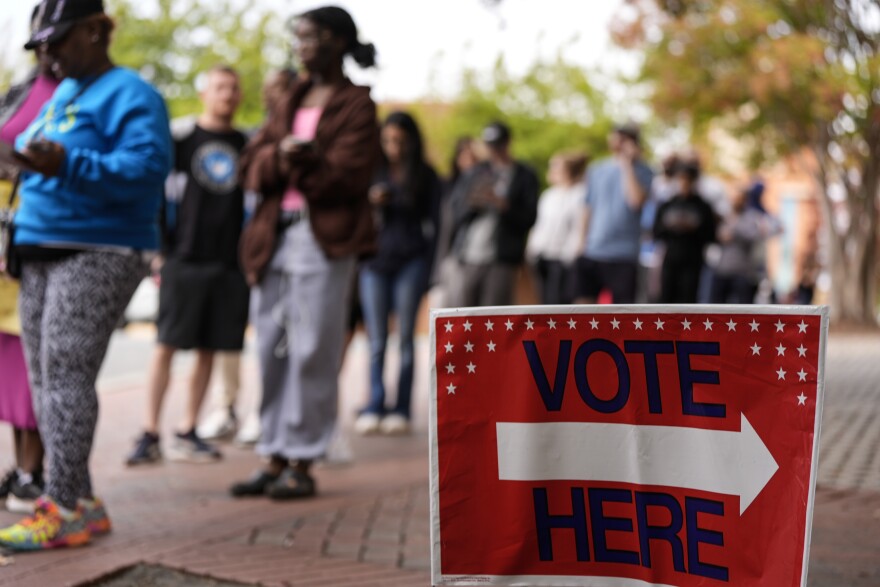Federal judges on Tuesday sharply questioned lawyers on a request to make Alabama subject again to the preclearance requirement of the Voting Rights Act after courts ruled the state intentionally diluted the voting strength of Black residents. Black voters and civil rights organizations, who brought a lawsuit that gave Alabama a new congressional map, are asking a three-judge panel to require any new congressional plans drawn in the next seven years go through federal review.
The Alabama attorney general and the U.S. Department of Justice oppose the request.
The Voting Rights Act for decades required states with a history of discrimination — including many in the South — to get federal approval before changing the way they hold elections. But the requirement of preclearance effectively went away in 2013 when the U.S. Supreme Court ruled that the provision determining which states are covered was outdated and unconstitutional.
The request is seeking to trigger the “bail-in” provision of the Voting Rights Act. Alternatively, plaintiffs are asking the court to retain jurisdiction so any new plans can be addressed. Deuel Ross, an attorney with the NAACP Legal Defense Fund, said Alabama demonstrated a pattern of resistance to drawing a congressional map that was fair to Black voters. He said the preclearance is needed to ensure Alabama doesn’t “backslide” the next time maps are drawn.
“There is no question what happened in this case extraordinary,” Ross told the panel.
He pointed to the history of the case, including that lawmakers in 2023 “intentionally diluted” a court order to draw a second majority-Black district or something close to it. Judges stepped in to select a new map for the state that was used in the 2024.
Alabama Solicitor General Edmund LaCour Jr. argued to the court that preclearance is an extraordinary remedy that is only appropriate after multiple violations.
“That test is not satisfied here,” LaCour told the panel.
The final map that was used in the 2024 election resulted in Shomari Figures being elected as the first Congressional representative in Alabama’s new minority-majority District 2 seat. He discussed the election and its implications during “APR Notebook.” Figures says the case before the U.S. Supreme Court could have gone either way, as any case might.
“They (SCOTUS) saw the same struggle that we have in the state of Alabama in terms of making sure that communities have effective representation and appropriate.” Representation,” he said
Figures went onto to say how he works to not be distracted by the ongoing legal challenges, which could conceivably mean the district map he represents might not be there during the 2026 election. Figures says there was uncertainty on whether the U.S. Supreme Court would back supporters of a minority district….
“I think you know, in tracking the case as you as you track any cases throughout the throughout the federal judiciary, you never know what's going to happen. And so this is just another example of that,” he said.
During the hearing on imposing preclearance, the judges asked if there were less stringent remedies. However, U.S. District Judge Terry Moorer told LaCour said the best way to predict what someone will do is to “look at what they have been doing.” He asked if the state expected to be “divorced” from its history and noted the actions of state lawmakers.
“Hasn’t the state shown us who they are?” Moorer told LaCour.
LaCour responded that the situation is different than when Congress created preclearance as part of the 1965 voting law. “An attempt to persuade a court is far different than the attempt to evade a court that was happening in the 1950s and 1960s,” LaCour said.
The same three-judge panel in May permanently blocked Alabama from using the state-drawn map that they said flouted their directive to draw a plan that was fair to Black voters. The state is appealing that decision.






